
Everest Base Camp Trash
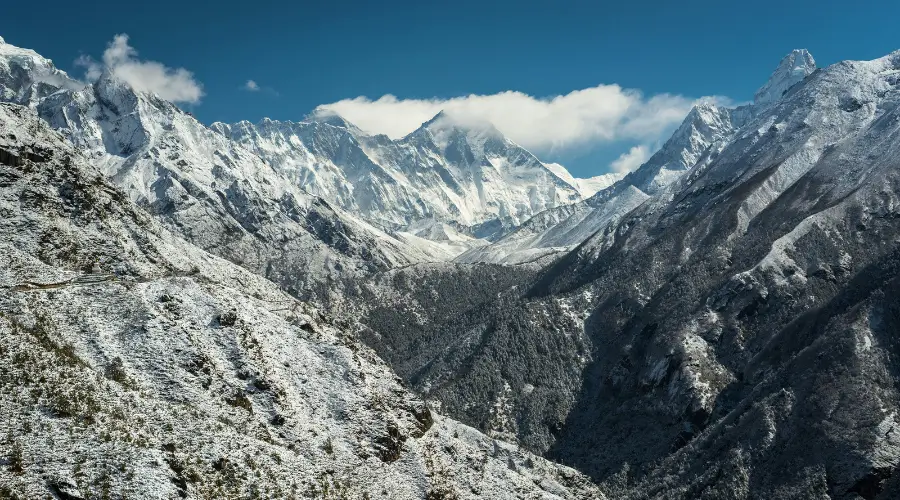
Table of Contents
Mount Everest, the world’s highest mountain, has been a symbol of pride, ambition, and achievement for numerous trekkers and climbers. The lifestyle of the Khumbu region has changed, and the cultural and ecological beauty of the Mt Everest Base Camp has been tarnished due to the trash. With the increasing number of visitors, the trekking route to Everest Base camp has experienced the problem of land pollution. The area is full of garbage, human faeces, and dead bodies, which wasn’t evident before, says the head lama of Tengboche monastery.
How Trash at Everest Base Camp Tragedy Started
Almost fifty-thousand enthusiasts visit EBC, Sagarmatha National Park, and its surrounding areas, and 500 of them attempt the summit annually. Each trekker, along with their porters and guides, produces several kgs of waste, accounting for around 45000kg of waste annually. Due to this, the delicate and serene environment of the Everest region has been tarnished. This is how the trash at Everest Base Camp tragedy became evident.
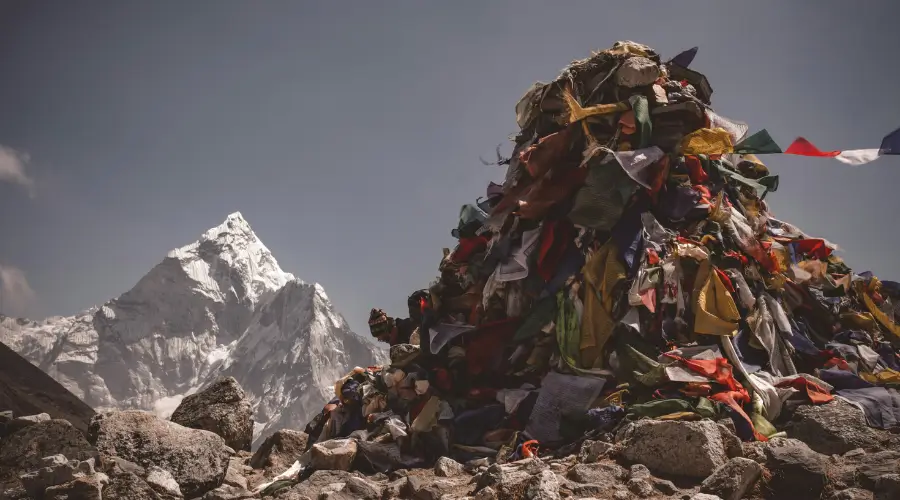
Moreover, climbers aiming to acclaim Everest usually stay in Lukla or the Namche Bazar and conduct short treks to higher altitudes and to the Base Camp in order to acclimatize to the higher elevation. As the altitude rises, the price of food escalates. So they prefer to carry their basic essential goods, such as food and trekking equipment, with them. When descending, they throw away the remaining waste on the way. How can we forget the sewage from all those trekkers on the way to Everest Base Camp, which is, on average, 250gm per person per day? This has been a concerning issue, polluting the groundwater.
It was estimated that about 4.6 tons of solid waste is produced per day as per 2010 data. This waste included tents, food cans, plastic bottles, plastic shreds, climbing boots, clothes, etc.
Let’s talk about how the trash is being managed. A landfill near the local village is where garbage is dumped and later burnt. Burning the wastes releases various toxic chemicals, which degrade the quality of fresh and breathable air. The remnants are buried, which again contaminates the groundwater. One research project on the Khumbu glacier showed that the glacier water and snow samples contained high levels of “Forever Chemicals”.
Ecological Impact due to Mt Everest Base Camp Trash
Impact on Air and Water Mt Everest Base Camp Trash
Air and water, which are the most basic needs of people, are being polluted. In the Everest Base Camp or Khumbu region, the glacial water is the source of water, but with trekking trail traffic, the water source has been contaminated, and traces of microplastic have been discovered in the water. The research has shown the presence of E. coli and PFSA in water sources, which can cause health risks. Similarly, toxic chemicals in the air from burning, respiratory problems, wheezing, altitude sickness, etc., have become apparent.

Impact on Vegetation by Mount Everest Base Camp Trash
The Sagarmatha National Park and Everest region have a mountainous ecosystem where flora and fauna, including endangered species such as Himalayan yew, yarsagumba, and red panda, snow-leopard, have flourished. However, due to the tremendous number of visitors and garbage, their natural habitats have been disturbed. The more people, the more damage to the plants. For instance, we have been seeing the news of rhododendrons being picked up in huge amounts. It affects their beauty. Also, the microplastic found in water can harm the animals as they drink the toxic water, which may cause death.
Impact on Scenic Beauty by Everest Base Camp Garbage
Climbing to Base Camp at Mount Everest is a daring yet fulfilling journey that gives visitors an escape from their mundane lifestyle, experiencing the bucolic lifestyle of the Everest region. However, it is sad to say that it is not only the beautiful scenery they will see; you will also see the dumps of garbage produced by the trekkers and climbers. This has dulled the beauty of the Himalayas. Everest, known to the world as the pride of Nepal, has also been known for the amount of trash there.
Mt Everest Trash Removal Campaigns
Several NGOs, INGOs, and local governments have implemented various strategies in Mt Everest Trash Removal Campaigns.
Sagarmatha Pollution Control Committee to Mt Everest Trash Removal
The Sagarmatha Pollution Control Committee (SPCC) is a non-profit organization established by the local Sherpa people in 1991. The organization was established with the aim of managing the waste produced in mountains and peaks. They have been involved in waste segregation and finding ways to reuse and recycle the waste.
Nepal Government for managing trash at Everest Base Camp
The Nepal Government has been developing various strategies for trash management at Everest. One interesting one is that every climber is asked to bring back 8 kg of waste from their trek. Otherwise, they have to forfeit a $4000 deposit. This does not seem to be best, as while returning, all climbers become so tired that they choose to pay money rather than carry waste.
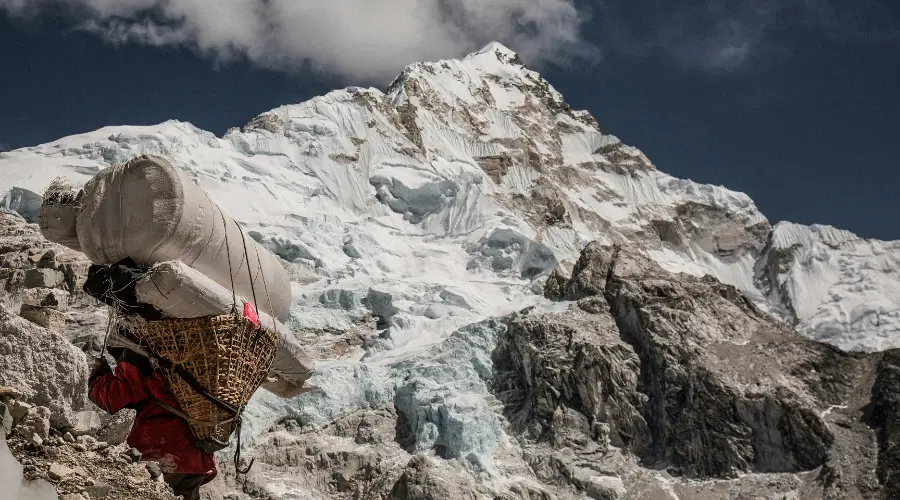
Sagarmatha Next to solve Trash Everest issue
Another NGO working for sustainable tourism is Sagarmatha Next, established in 2019. Their main aim is to transform waste into valuable art and designs. They conducted exhibitions regarding healthy waste management and began a campaign, “Carry Me Back,” in which tourists were inspired to bring back at least 1kg of waste.
NeverRest for managing Everest Base Camp trash
The NeverRest project is working for sustainable environmental management at Everest, where surveys about mountains and waste have been taken by their teams, and they are planning for sustainable sanitation management in Base camp.
University of Colorado Boulder to sustainable
In 2019, The University of Colorado Boulder came up with a five-step process for waste management. The process includes separation of waste, collection, sorting and shredding, transfer to shipment stations, and transportation to recycling facilities in Kathmandu.
Other efforts in Mount Everest Base Camp trash management
Various other campaigns have set foot in managing Mount Everest Base Camp trash. For example: there was an organization in 2023, where they demonstrated an idea of sustainable tourism in the Everest region. They proposed ideas such as using solar tents, which will reduce the use of non-renewable energy with solar energy, filtration of urine into water, converting human faeces into ash, etc.
Likewise, several other cleanup programs and local organizations have been established for the time being. There have been various charity Everest Base Camp campaigns launched for waste management and improving the quality of Khumbu region. We cannot turn blind-eye to several individual efforts in cleaning Everest Base Camp and Everest region.
Is Everest covered in trash?
Despite several efforts of national and local government, NGOs and INGOs, the management and cleaning of Everest is not going as expected. Mainly the higher camps such as Everest Base Camp has accumulated tons of solid, human, and non-biodegradable waste. With the increasing number of trekkers, the waste in Everest is expected to increase.
Want to know more?
Speak to an Expert





Sandip Dhungana
Nepal 🇳🇵
Whatsapp: +977-9823636377




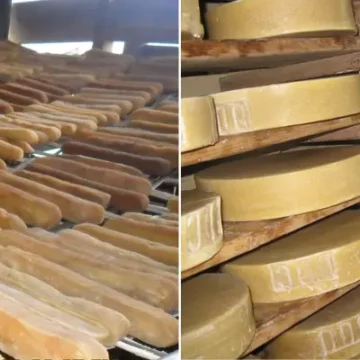
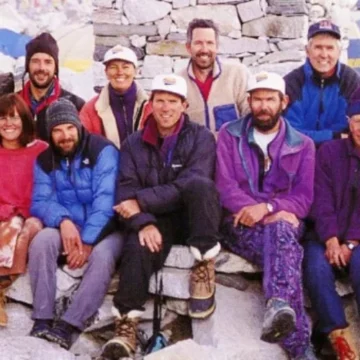




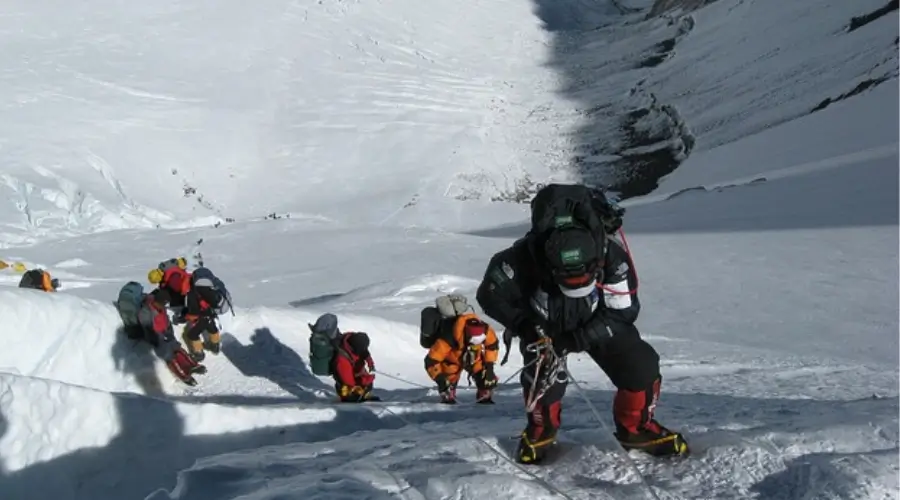












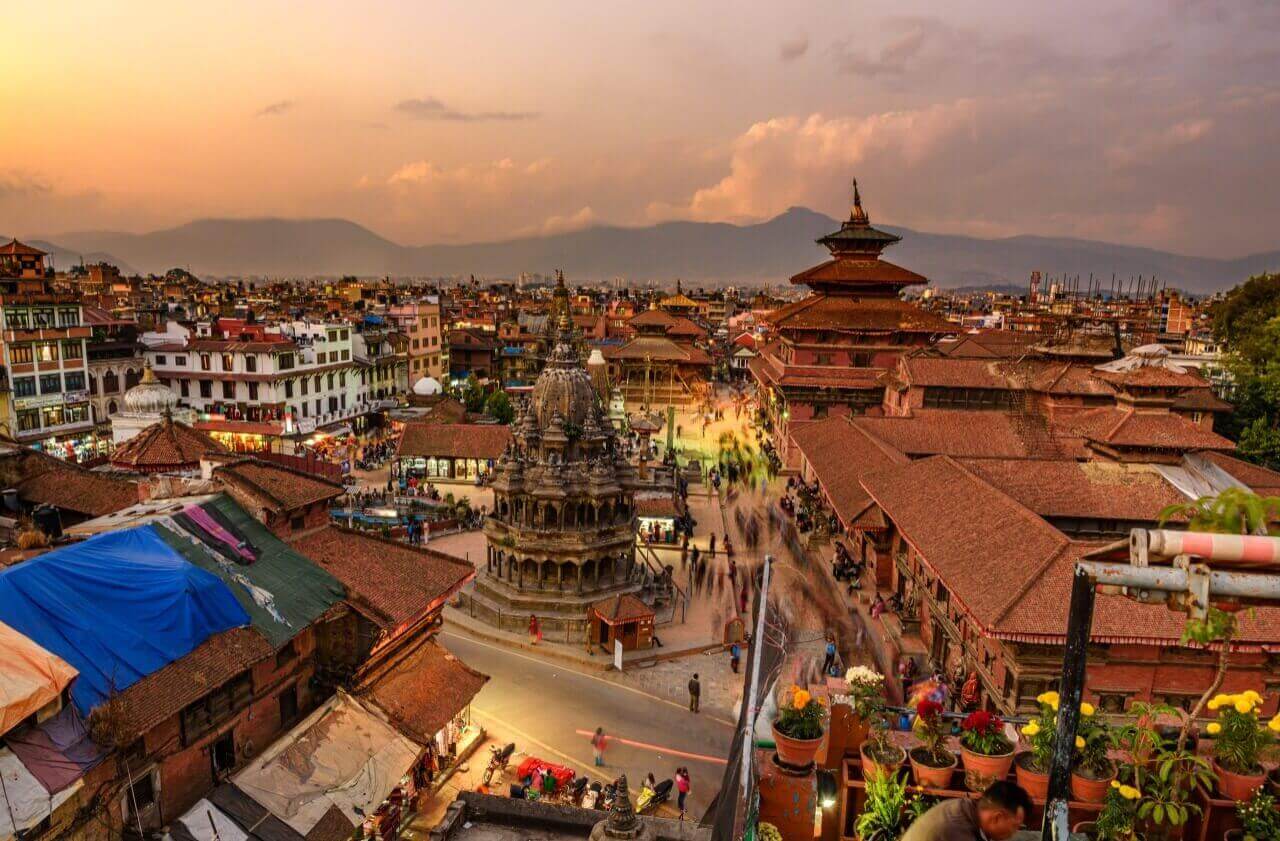
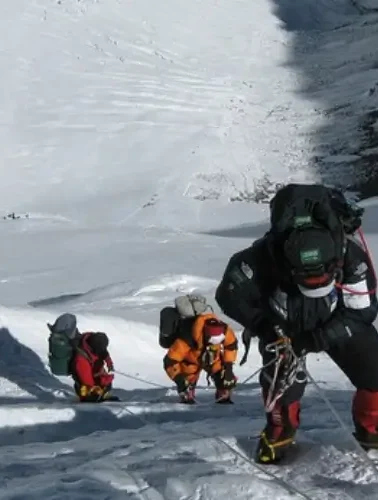
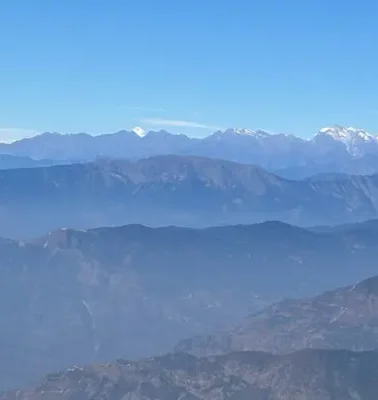
COMMENT(1)
Use hrlicopters with big buckets to move garbage out of area. They use these in fire fighting all the time